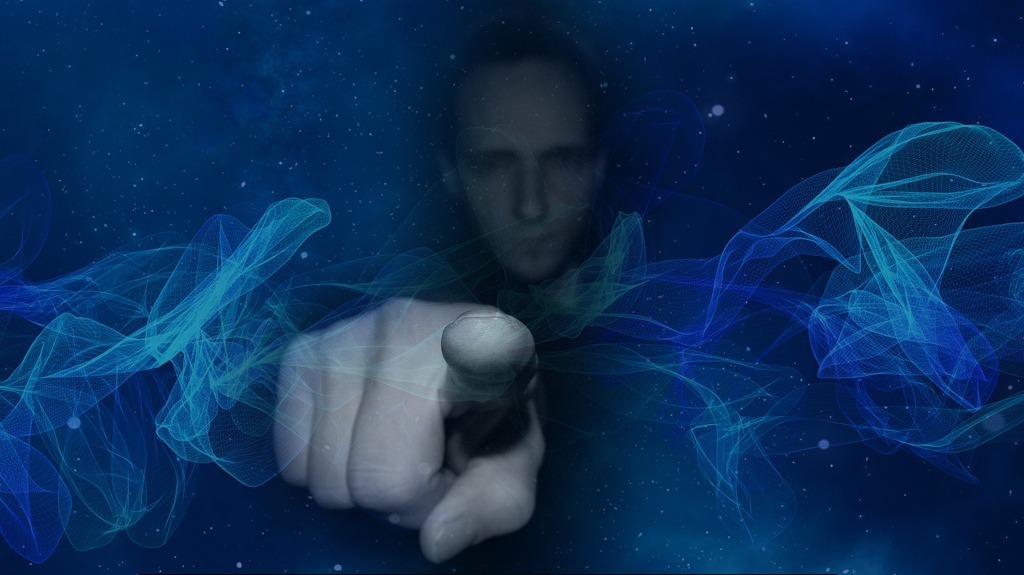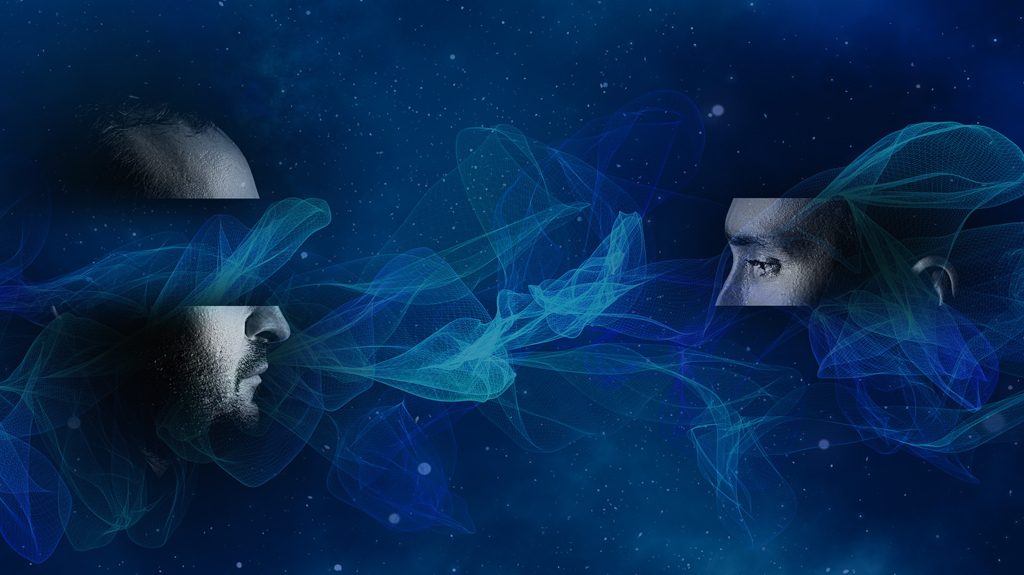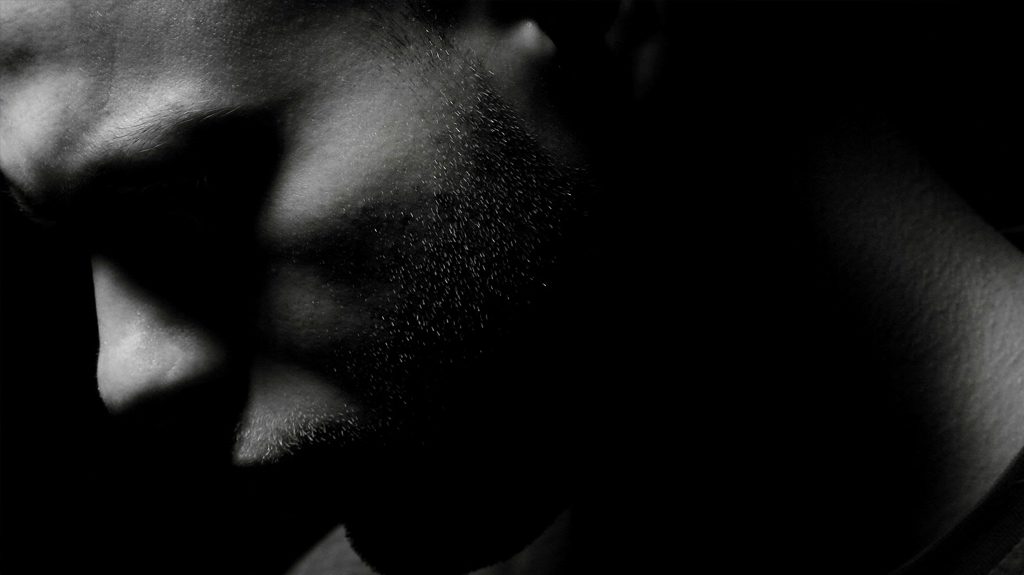Overview
Introduction
A prerequisite for understanding this conflict is the basic article of this article series.
The assumptions of this series are based on the model of collusion by Willi. They were adapted, interpreted and transferred by the author. Therefore this article series is subject to copyright.
Conflict | Guilt & it´s conceptualization
Before we dive into this topic, I’d like to clarify the concept of guilt. Guilt can be highly destructive, often impacting and hindering us throughout life. But how and why does it arise?
In psychology, various theories explain the origins of guilt. Fundamentally, guilt tends to emerge when we violate a social norm, rule, or a deeply internalized value. In essence, a perceived “wrongdoing” occurs, which we recognize as such.
Guilt is categorized as one of the self-reflective emotions, requiring self-awareness and value reflection. Unlike basic emotions (as identified by Paul Ekman), self-reflective emotions like guilt develop later. This maturation happens once a sense of norms and rules is formed. At this stage, we begin to assess our actions, feelings, and thoughts in relation to social norms, rules, and personal values.
Guilt is not something we are born with. Instead, it develops through self-reflection and evaluation processes (the subject of attribution theories). We might feel guilty for actions deemed unacceptable or harmful based on social or personal standards. Sometimes, actual harm has occurred—a person has been hurt, an accident caused. Or, we may knowingly engage in actions with regrettable outcomes.
In itself, guilt can serve an important purpose. It helps us correct any harm we’ve caused and realign our behavior with our values. It encourages us to make amends, reconcile after conflicts, perhaps through expressions of remorse or by seeking forgiveness.
In essence, feelings of guilt arise from evaluation processes. They are closely tied to our self-image, the way we wish to see ourselves (related to concepts like the ideal self or superego), and the norms, rules, and values we uphold. Consequently, as with other internal conflicts, guilt reflects the individual self-image we’ve built over time (Constructivism). Any deviation from this self-image or worldview can feel uncomfortable and threatening, leading to what psychologists describe as an experience of incongruence, challenging our self-concept and subjective reality.
In this sense, guilt itself can trigger feelings of incongruence, as we may have done something perceived as “wrong.” When our behavior, thoughts, or emotions misalign with our ideal self, feelings of guilt arise. These feelings often stem from a sense of responsibility or accountability—believing our actions were a contributing factor in a negative outcome. Later, we’ll see why this perception of responsibility is critical.
On a personal note, I question whether the concept of guilt is inherently useful. Across history, guilt has been exploited. For example, during the infamous sale of indulgences, guilt was exploited to increase Church revenues, often paired with fear and terror. As a result, the term guilt has taken on meanings beyond its original sense.
Still, I believe most of us carry some level of guilt deep down (more on this later).
Guilt conflict in toxic relationships
In the empathic-narcissistic or narcissistic/co-narcissistic dynamic, there’s often a profound manipulation of guilt.
As discussed earlier, guilt often relates to whether we assume any responsibility for what has happened. In a codependent relationship (a “lock and key” dynamic), there are two opposing ways of handling guilt.
In passive coping mode, the individual takes on the role of the “culprit.” Self-blame and frequent self-reproach are common, even outside of romantic relationships. The passive mode accepts responsibility and blame, sometimes even for negative outcomes not directly connected to them. Questions arise such as, “Did I do something wrong?” or “Should I have done something differently?”—implying an assumed personal stake in the outcome, even if there’s none. This mode is characterized by a tendency to be “over-involved,” feeling deeply connected to whatever has occurred. This also closely ties into the theme of boundaries and their blurring.
In the passive mode, sadness, depression, and pervasive guilt are dominant emotional states. Consequently, interactions with others often elicit sympathy and a tendency to approach the passive mode with caution. Often, those interacting may feel compelled to relieve the passive mode of its sense of guilt and absolve them of responsibility. This makes passive mode a self-directed mode of guilt-taking.
The active coping mode approaches guilt in the opposite way.
Here, feelings of guilt are avoided and redirected through accusations and self-centered behavior (externalization, projection). You might say that the active mode distances itself from accountability. It remains uninvolved in any negative outcome and rejects any sense of personal fault—guilt is destabilizing to this person’s self-image, and thus, must be dismissed entirely.
In the active mode, anger toward others is the dominant emotion, as the individual feels that someone else must be responsible for the discomfort or undesirable outcome. Consequently, they feel justified in resisting any attempts to assign them responsibility. This involves a reversal of accountability: blaming others for actions or consequences they won’t accept as their own.
In interactions, the active mode may aggressively assign blame to others and often holds them responsible for outcomes. Those receiving such accusations may feel the need to confront quickly or even to morally judge the active mode’s actions. Active mode embodies a mode of blaming others.
Thus, both active and passive modes display opposite reactions when faced with situations that imply some degree of personal responsibility. Both modes experience guilt yet cope in entirely different ways. While the active mode avoids guilt altogether, the passive mode seeks out its own culpability. This interaction sets up a typical victim-perpetrator dynamic, as illustrated in the
drama triangle in transactional analysis.
The blame-game | Guilt Dynamics in toxic relationships
In the case of the guilt conflict, the dynamic in the empathic-narcissistic relationship seems straightforward at first. The narcissistic individual tends to project guilt onto their partner (active mode). Much like the self-worth conflict, they find it nearly impossible to bear feelings of guilt consciously, as it threatens their self-image. Therefore, they externalize these feelings. The empathic partner, often in a passive mode, is quick to take responsibility for these projected feelings, willingly taking them on.
A person with empathic tendencies typically “takes on” guilt quite readily. The sensation of guilt is familiar to them. As noted in the article on empathic dynamics, empathic individuals often struggle with managing anger and self-assertion, leading to blurred boundaries. When boundaries are unclear, it becomes easy for the narcissistic partner to push their own uncomfortable feelings through these open “doors” of assumed guilt. The narcissistic person avoids guilt, while the empathic partner absorbs it.
Paradoxically, both individuals feel reinforced in their self-image and core feelings (such as anger and mistrust for the narcissist, or sadness and guilt for the empath), creating a complementary cycle. This cycle often plays out without either party fully realizing it, though outsiders may see it more clearly.
As with other conflicts, a guilt conflict can sometimes lead to a shift in behavior. With growing internalized guilt, the empathic person may transition into an active mode. The resentment they’ve held inside builds up until it eventually erupts. This expression of anger is, in itself, a healthy release. Within the dynamics of this relationship, however, it often becomes a moment where the empathic partner (often justifiably) attempts to hold the narcissistic partner accountable.
Two potential scenarios can unfold:
Scenario #1: The narcissistic partner takes on the victim role (passive mode).
Scenario #2: They remain in active mode, once again placing blame on their partner.
In Scenario #1, the narcissistic partner may make certain concessions to end the discomfort of the situation, though follow-through is often questionable. Alternatively, the narcissistic partner might adopt the victim role—consciously or unconsciously—to redirect the empathic partner’s anger (often associated with guilt) into compassion. The empathic partner, who initially experienced clarity, may now find themselves slipping back into guilt as they perceive the narcissistic partner’s distress. This shift can cause them to lose sight of the original issue and diminish their clarity.
In Scenario #2, the narcissistic partner directly addresses the empathic person’s feelings of guilt. They may shift the topic, deflecting from the immediate conflict. As detailed in the toxic relationship dynamics article, this kind of topic-switching often leaves the empathic individual even more confused, especially when lacking clarity about the underlying dynamics. The narcissistic partner might bring up past events as “justification” for their current behavior, subtly suggesting that the empathic partner’s actions have “forced” them into this role. This tactic exploits the empath’s readiness to assume guilt.
Over time, with the empathic individual struggling under the pressure of self-accusation, they may eventually revert to a passive stance, often ending their active attempts to assert boundaries. In some cases, if clarity and resolve are maintained, the empathic individual may persist in their call for change. This can lead to either a continuous cycle of conflict or, with enough clarity on the empath’s side, an end to the relationship. For meaningful change to happen, one partner must break the cycle.
Finding balance | Leaving the blame-game & toxic relationships
A mode is a mode. Both parties involved in this dynamic deprive themselves of the opportunity to learn a constructive approach to feelings of guilt and responsibility.
For the active mode, it would mean acknowledging involvement in the events and opening up to the true experience of guilt. Often, this door remains tightly closed, with the feeling itself deeply buried.
In passive mode, one could examine what they are genuinely willing to take responsibility for, considering whether it truly falls within their domain, and to what extent old beliefs and conditioning may be influencing them. This could be worked on considering the topic of healthy boundaries.
Consciousness & Decision | Responsibilty vs guilt
Many people find themselves caught in a conflict of guilt after a breakup. The blame-game continues, even if there is no actual relationship anymore. This is something I’ve observed frequently in my coaching sessions. Accumulated anger and insecurity fuel an ongoing, internal cycle of questioning and justifying. In my (german) book Exit Gaslighting, I refer to this as the inner monologue of evidence. The question “Who´s to blame?” continues, leaving the empathic person cycling between two states.
State #1: In a state of pent-up anger, the empathic person may see only the negative aspects of the narcissistic counterpart. For a time, this can be healing and corrective, allowing them to finally place the blame elsewhere. In this state, they often find it difficult to acknowledge or even tolerate their own role (active mode). Simply thinking about their own involvement can be destabilizing. For empathic individuals used to staying in passive mode, any recognition of their own role feels as if it justifies the narcissistic counterpart’s actions, often creating a stark black-or-white perspective. Admitting their own involvement feels like excusing the other person’s behavior, characteristic of the passive mode, but here, the empath is in active mode. The passive self is flooded with feelings of guilt – a place they certainly don’t want to go. Eventually, they switch to…
State #2: This state typically follows state #1. Now, the empathic person fixates on their own role, even to the point of feeling entirely responsible for the whole situation (passive mode). They see mistakes they think they made, moments they believe they lacked understanding or could have done more. The strict superego surfaces, bringing along self-critique. Here, they begin to blame themselves in passive mode for having been in state #1 (active mode), and for letting blind rage take control. Eventually, this burden becomes overwhelming, and they switch back to state #1.
In this cycle, the empathic person continues the blame-game within themselves, alternating between modes of self-judgment, with black-and-white thinking about good and bad. The external world merely reflects this internal conflict. The resolution might lie in the empath learning to accept their role in the overall dynamic, while simultaneously recognizing the other person’s role.
Initially, it may be challenging to hold both perspectives together. This back-and-forth may even be necessary to process the inner conflict, cultivating an awareness of it.
Eventually, as it becomes clear that both the empath and their counterpart played roles in this interaction, peace can be achieved, balancing the empath’s internal conflict. Clarity sets in, and one can recognize that it’s not about “guilt,” but about responsibility – primarily, responsibility to oneself. This understanding serves as a safeguard against re-engaging in similar dynamics.
Overcompensating guilt | stuck in accusation (active mode)
Numerous online platforms can, often unconsciously, perpetuate the active guilt mode after such experiences. See also the article on Self-sabotage through adherence to concepts. After experiences like these, connecting with others who offer validation and empathy can be comforting, and this has its purpose and place.
All the pain, suffering, and anger may now surface, and this is necessary. But staying stuck in accusation mode means living in the active guilt mode, replaying the past and clinging to an unresolved conflict, holding onto beliefs about good and bad and reinforcing a victim role. This unresolved inner conflict may eventually manifest outwardly.
Instead, we can address our own feelings of guilt, resolving what has kept us in this loop. Embracing our inner anger as a tool of clarity allows for transformation of our own contributions.
Remaining in active mode keeps people stuck in a loop, where holding onto a demand for justice causes life to pass by. This article is also a reminder to coaches, trainers, and guides – be mindful of how you support others in these situations!
It´s healthy to distribute the responsibility of the other person to where it belongs! No one needs to bear responsibility for another’s actions! It’s crucial to establish boundaries and redirect responsibility where it belongs, fostering a healthy self-responsibility in the process.
This can help to resolve inner conflicts where they reside: within oneself.
This message is extended to everyone involved in such dynamics: partners, ex-partners, children. I invite you to embrace resolution, let go of guilt, and take ownership of your path forward as a result of these experiences.
Summary & Outlook
Questions around the conflict of guilt can be revisited:
- How long do I want to believe I am responsible for so much, even for things beyond my control?
- Do I want to keep thinking that, as a person, I am fundamentally wrong or guilty?
- Is it really true that the other person has no responsibility while I carry it all?
- How much longer will I excuse others’ behaviors while holding myself accountable without mercy?
These questions, along with my articles and work, can nourish your mind and intuition. They aim to open a space where transformation can unfold. In my coaching and tools like verbal transformation, I guide you to what feels right for you now.
Everyone can play their part. For today, my part is done. I hope this article inspires you to set sail, moving beyond the question of guilt and charting a course toward new shores of self-determination and personal responsibility. Embrace all parts of yourself with love along the way.
Wishing you a smooth journey! Good luck, take care, and until next time!
Love,
Kristina







